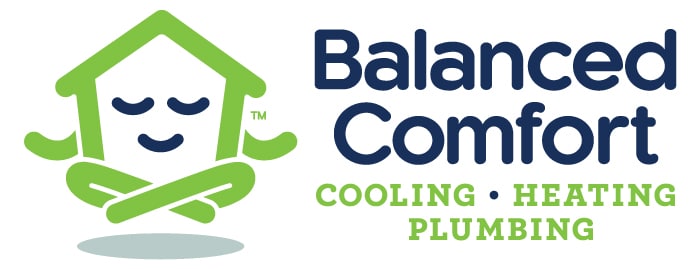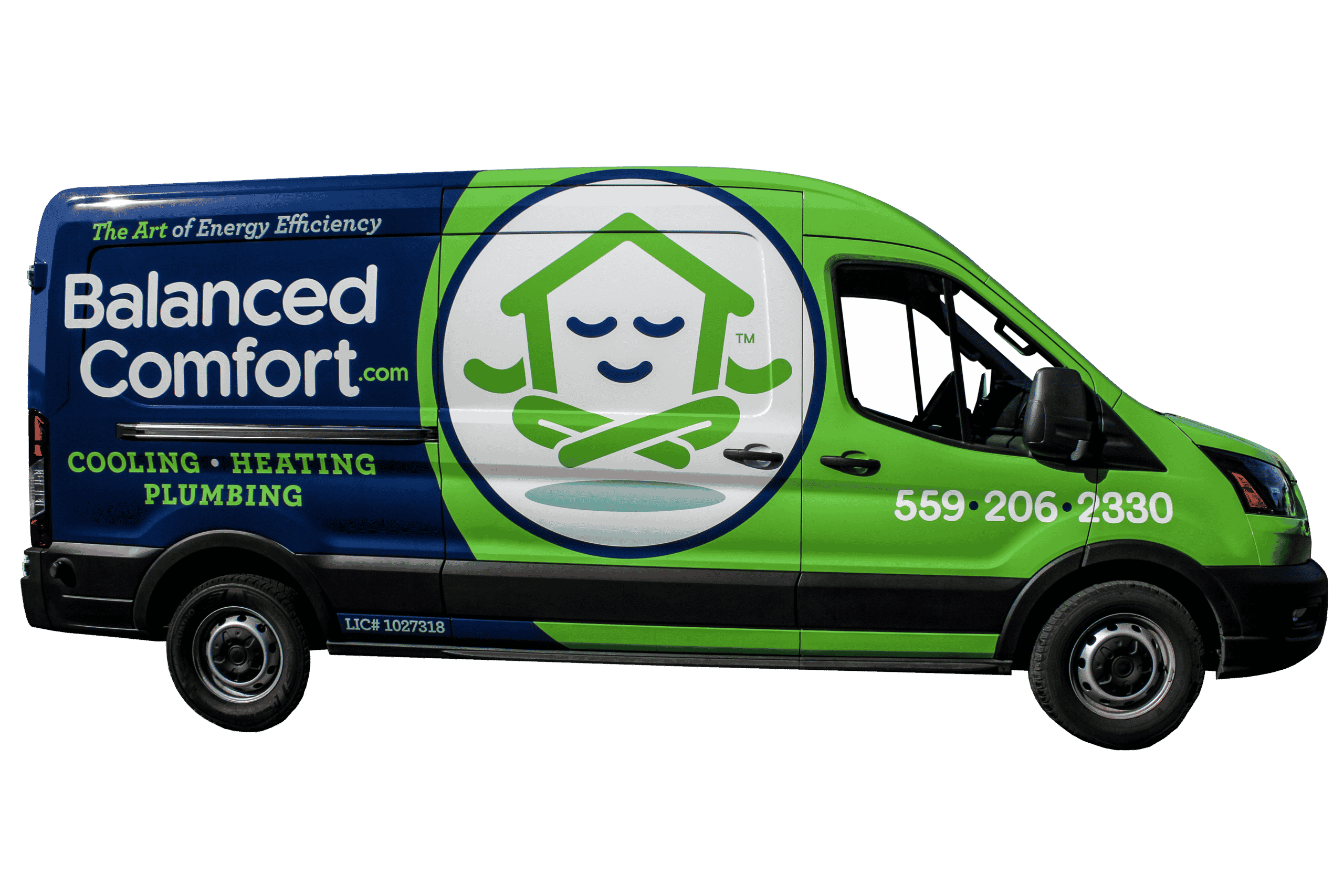Engineer technicians who are looking to gain a certificate in particular engineering technologies will have to gain that certificate from a recognized organization. NICET – the National Institute for Certification in Engineering Technologies – is a well-respected organization which grants various engineering certificates. NICET was established in 1961 and has been at the forefront of recognized engineering certification programs ever since. NICET is a nationally recognized organization, so a certificate from them will hold its weight nationwide. At the most general level, the certificates which NICET provide can be divided into two categories: that of ‘Certified Engineering Technician’ and those that fall under ‘Certified Engineering Technologist’. Within these categories, further subdivisions will be found, and within these, yet further divisions. Thus, no matter if you want a general, broad certificate, or a more specialized one, NICET will be able to meet your needs.
Inspection and Testing of Water-Based Systems
In this post, we are going to look specifically at the ‘Inspection and Testing of Water-Based Systems’ certificate offered by NICET. In order to receive this certificate, technicians must pass an exam on this subject – an exam offered by NICET. The exam may be taken in person on a computer at the testing centers of NICET. Simply book the date you would like to take your exam on and once you take it, you will get an immediate score. The exam is typically multiple-choice. During the exam, you will be able to go back to questions you have already answered, or forward to ones you have yet to answer. Also, the exam is normally closed-book, so you will have to have a good grasp on the subject matter. The exam in question will be suited for technicians with knowledge of water-based fire protection systems, and who have knowledge of how to deal with these systems both under normal and emergency conditions. The areas covered in the exam are rather broad and include the inspection of these systems, the testing of them, their safety, and the management involved in them. Beyond this, there are a wide variety of more technical issues covered in the exam.
Cost of Examinations
The ‘Inspection and Testing of Water-Based Systems’ exam will comprise three different degrees of certification. It is up to the technician to decide which level of certification they are going to want. Each level consists of an exam with a bit over one hundred questions, and with a time limit of right under three hours. The level 1 certificate is intended for those technicians who work under more advanced technicians and perform more basic tasks. This exam will cost a bit over $300 and will consist of two parts: inspection and testing fundamentals, and work practices. The level 2 certificate is intended for those more advanced technicians who perform routine testing and inspection of the systems. This exam will cost you a bit over $500 and will have three sections: inspection, testing, and work practices. The level 3 certificate is the most advanced degree and is intended for advanced technicians who work independently, and who may indeed have other technicians working under them. This exam will run you a bit over $400 and will have two sections: inspection and responsibilities, and advanced testing.
Don’t hesitate to contact us today with your fire protection system design questions!

